I came across this regulator recently and am looking for information that any of you might have about it (year, model, where I can get parts to service it, etc.) The first stage has a single low pressure port, and what I am assuming is a HP port angled off to the side which is currently capped (threads match 3/8 lp though). The first stage is pushing a perfectly stable 150psi, and the second stage performs very well, but has a small free flow that is caused only by the lever height being slightly too high. I am looking at all this for a friend and want to do the research to see if it is feasible to do an overhaul and get it in tip top shape. The only issue it really seems to have is a rubber exhaust tee that is a little bent out of shape. My thought on that would be to remove it, let it soak in some hot water, form it right again, then get it to cool in the right shape. I would love to get this into diving shape. Thanks in advance for the help!
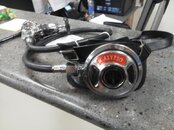
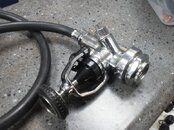
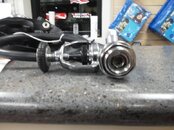
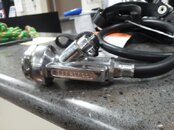
Here are the tanks the reg came with.
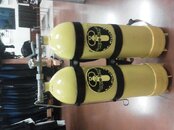
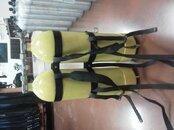




Here are the tanks the reg came with.






